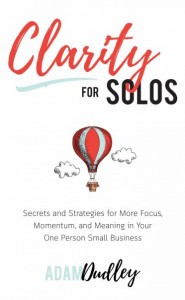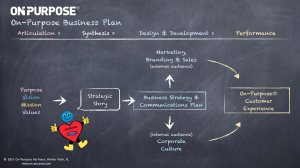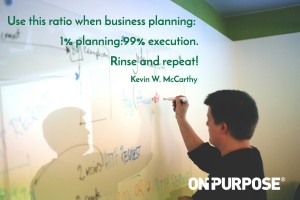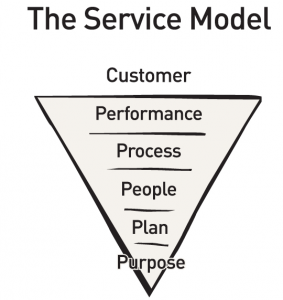The small business owner (aka solo owner, solopreneur, SOHO, or solo) is the unsung hero of modern society. Their pursuit of a dream is epic, daring, and brave. Small businesses dot the business landscape, and in the years to come more people will turn to starting a business for additional income or to replace a lost job or create one. Profit making is alive and we all benefit from the efforts of solopreneurs.
What does it mean to be in business? Being in business is a high and noble calling!
I love what the opportunity to start and run a business brings in terms of
- creativity
- production
- value-adding
- improved standards of living
- funding of worthy causes
People who start businesses have my respect. Regardless of whether they’re starting a home-based business, a family business, or a high-growth/high-potential venture, they’re pursuing a dream with boldness.
Small business people are heroes. Every business starts as a small business. Business owners are to the Knowledge Age what the farmers were at the turn of the 20th Century: men and women who are willing to lay the mantle of responsibility on their shoulders and pull the greater load in hopes of a greater gain.
Business owners risk much in hopes of gaining much and giving more.
Certainly, profits and a better lifestyle are part of the anticipated gain. But there’s more. The measured ability to create and control one’s life, schedule, and vocational pursuits is the height of healthy individualism.
Truth be told, if you want to mature and grow into a better person—start a business! Government doesn’t build businesses, people do.
Find a need and fill it! That is the mantra of the business owner.
Like ants scouring a picnic ground for food, entrepreneurs search the marketplace for a business opportunity or find gaps of need in the market through inventive initiative. All types of businesses are launched—service, retail, professional, manufacturing, industrial, and, the hot item today, an internet-based business. Opportunity abounds!
Business owners do more than employ people.
Business owners create jobs when they manage their businesses prudently. Most of the business owners I know are generous with those in their charge.
For many, employment is simply another form of ministry.
I’m not talking charity here. No, we’re talking about
- mentoring and development of others
- providing opportunities
- raising up leaders
- entrusting managers
- training the unskilled
Business owners see, find, and act on the good in others because it is simply good for business and, even better, for life.
Who’s typically volunteering? Look around and notice.
You’ll find small business owners serving on boards, volunteering for coaching, taking their lunch hours to serve the poor, being active in a church, driving Meals on Wheels, and more. These are the backbone of society. They’ve chosen a different path from their corporate counterparts who must manage vacation days, punch a clock, or otherwise account for their time to their employers in terms of ROI, not altruism.
So do this: Thank a business owner today for improving your community and life.
As you prepare to purchase gifts or engage services, make the special effort to support a local small business person. Investing your hard earned cash into a sale in their business recycles into your community in ways you may never fully grasp. Be thankful for them, for you know not their struggles and thhe hardships it takes to keep the doors open to be there for you when you need them.
Recommended Resource: CLARITY FOR SOLOS
My colleague and Winter Park neighbor, Adam Dudley, has written a book. I had a few sneak peeks along the way in the writing process and I really liked what I read. While our writing styles and perspectives are different, we share a heart for the plight of the solo owner.
Adam, a huge advocate of yoga, brings a rather chill, yet focused perspective to the realities of being a solo. He gets himself out of the way to care for your needs. Adam is a thoughtful coach who listens well, processes in your best interest, and then offers wise counsel. Below his peaceful nature, the wheels are spinning as he’s thinking about what you need to succeed.
CLARITY FOR SOLOS offers great advice for solo and small business owners who are confused, stuck, or unsure about what to do next. It’s available on Amazon.com. Click the image to preview it.









